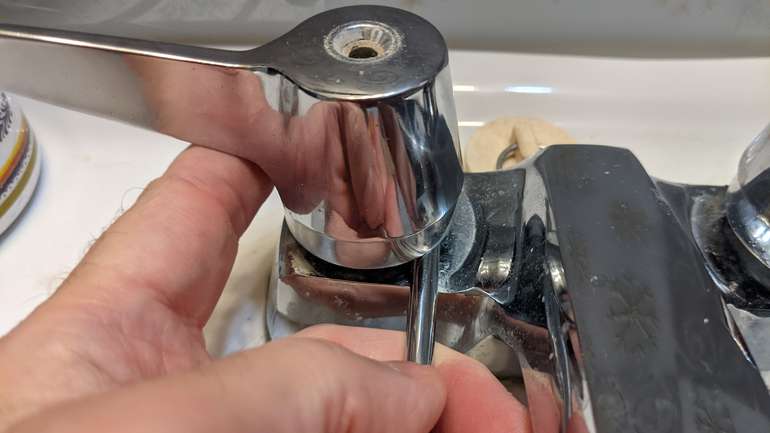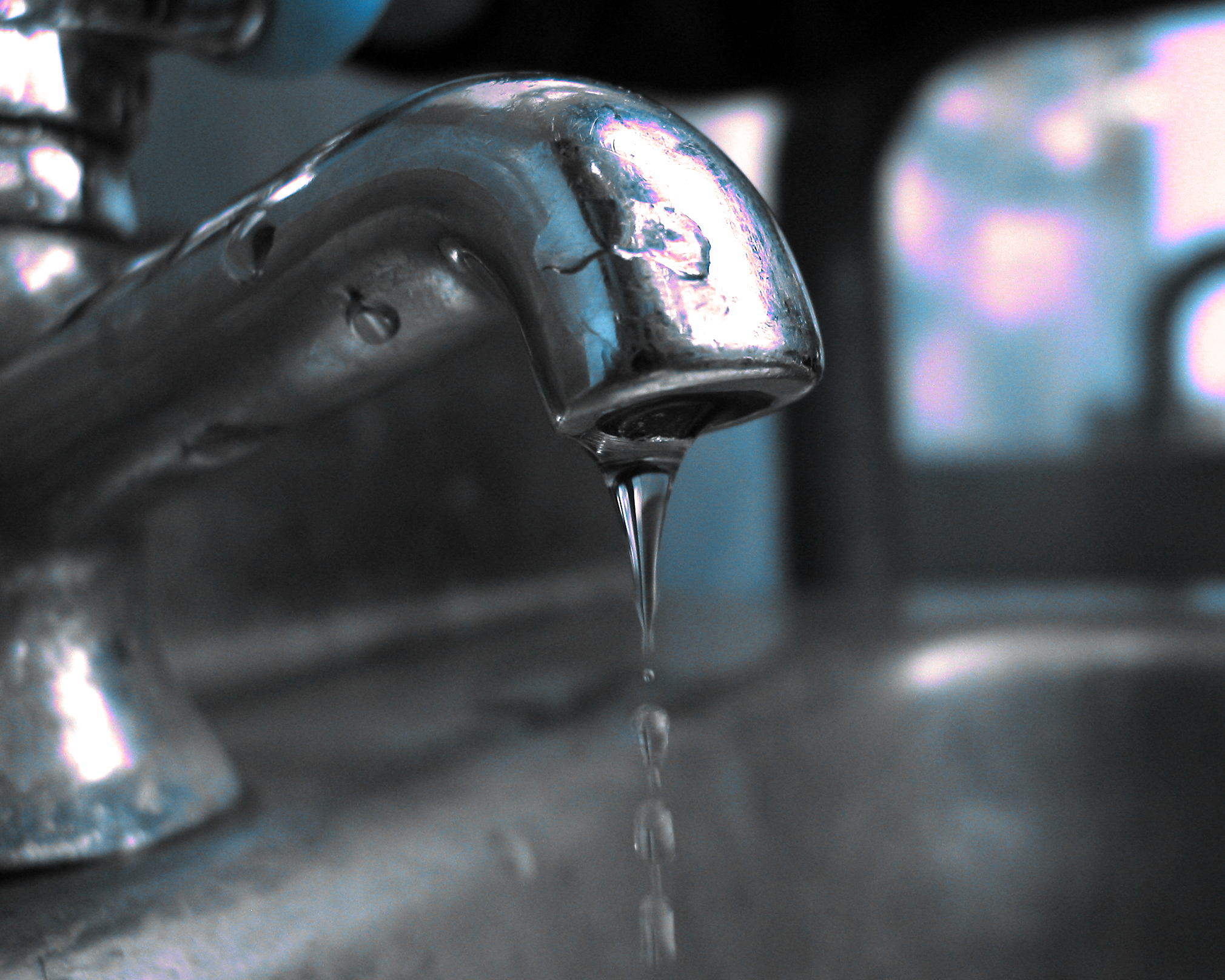Were you searching for advice on How to Fix a Dripping or Leaky Faucet ?

Trickling taps could seem like a minor inconvenience, but their effect surpasses just the inconvenience of the audio. From drainage to incurring unnecessary monetary expenses and health and wellness risks, ignoring a leaking faucet can result in various repercussions. In this post, we'll explore why it's vital to resolve this usual house concern immediately and properly.
Wastefulness of Water
Ecological Effect
Leaking faucets add considerably to water waste. According to the Epa (EPA), a solitary tap trickling at one drip per second can squander more than 3,000 gallons of water annually. This not just stress water resources but likewise impacts ecological communities and wild animals based on them.
Financial Costs
Enhanced Water Costs
Beyond the environmental impact, trickling faucets can pump up water costs considerably. The gathered wastage gradually converts into greater utility expenses, which could have been avoided with timely repair services.
Prospective Property Damage
Moreover, prolonged trickling can lead to harm to components and surfaces bordering the tap. Water accumulation can create discoloration, deterioration, and even structural problems if left neglected, leading to additional repair service prices.
Wellness Problems
Mold And Mildew and Mold Development
The consistent visibility of moisture from a dripping faucet creates a suitable atmosphere for mold and mold development. These fungi not only endanger indoor air high quality but also pose wellness threats, especially for individuals with respiratory problems or allergic reactions.
Waterborne Illness
Stagnant water in trickling faucets can come to be a breeding place for germs and various other pathogens, raising the danger of waterborne diseases. Pollutants such as Legionella bacteria prosper in stagnant water, potentially resulting in serious ailments when ingested or breathed in.
Do it yourself vs. Professional Fixing
Pros and Cons of DIY Fixing
While some might attempt to take care of a trickling faucet themselves, DIY fixings come with their own set of difficulties. Without correct expertise and tools, do it yourself efforts can aggravate the concern or lead to incomplete repairs, prolonging the problem.
Advantages of Employing an Expert Plumber
Employing an expert plumber makes sure that the underlying root cause of the leaking faucet is attended to successfully. Plumbing technicians possess the competence and devices to diagnose and fix faucet concerns successfully, conserving time and lessening the threat of additional damages.
Step-by-Step Overview to Taking Care Of a Dripping Faucet
Tools Called for
Before attempting to repair a leaking faucet, gather the essential devices, consisting of a flexible wrench, screwdrivers, replacement parts (such as washers or cartridges), and plumber's tape.
Common Faucet Issues and Their Solutions
Recognize the sort of tap and the particular issue causing the drip. Usual issues include damaged washing machines, corroded valve seats, or damaged O-rings. Refer to manufacturer directions or on the internet tutorials for detailed assistance on repairs.
Safety nets
Routine Upkeep Tips
To avoid dripping taps, perform routine upkeep such as cleaning aerators, evaluating for leaks, and changing damaged parts immediately. Additionally, think about mounting water-saving devices or upgrading to a lot more efficient fixtures.
Value of Prompt Services
Resolving trickling faucets as soon as they're discovered stops more water wastefulness and possible damages, inevitably conserving both water and cash in the long run.
Impact on Residential Property Worth
Assumption of Well-Maintained Property
Maintaining a residential or commercial property in good condition, including addressing upkeep concerns like leaking faucets, boosts its perceived worth and worth amongst potential purchasers or lessees.
Influence on Resale Value
Properties with well-maintained plumbing components, consisting of taps, command higher resale values in the property market. Addressing dripping taps can add to a favorable impression during residential property examinations and negotiations.
Ecological Duty
Private Payment to Preservation
Taking obligation for dealing with trickling faucets lines up with wider efforts toward water conservation and ecological sustainability. Every person's activities jointly make a substantial effect on protecting precious sources.
Lasting Living Practices
By prioritizing prompt repair work and adopting water-saving behaviors, individuals contribute to lasting living methods that benefit both existing and future generations.
Conclusion
Dealing with a trickling faucet goes beyond simple benefit; it's an essential action toward saving water, decreasing economic prices, and safeguarding wellness and property. Whether with do it yourself repair services or specialist support, doing something about it to repair leaking taps is a small yet impactful method to advertise responsible stewardship of resources and add to a much healthier, more sustainable future.
How to Fix a Leaky Faucet: Step-by-Step Repair Guide
A leaky faucet may seem like a simple annoyance, but if it's not fixed promptly, that leak could cost hundreds to potentially thousands. From water damage to mold, mildew, and high water bills, even a tiny leak can be catastrophic if left unattended. Damage like this can even affect the overall value of your home, so it's important to take the right approach for leaky faucet repair. You may need the help of a plumber in some cases, but we've got a few tips you can try on how to fix a leaky faucet before calling the pros.
Four Faucet Types
When you're learning how to fix a leaky faucet, the first step is knowing what kind of faucet you're working with! There are four common types.
Cartridge Faucets
Cartridge faucets come in one- or two-handled varieties. In one-handled cartridge faucets, hot and cold water combines in a single cartridge. In the two-handled versions, hot and cold water are controlled separately and mixed in the faucet.
Ball Faucets
Ball faucets have a single lever you push up and down to adjust the pressure and rotate to change the temperature. A slotted metal ball controls the amount of water allowed into the spout.
Compression Washer Faucets
They're the oldest type of faucet, but they're still used in many homes — especially older ones. Compression faucets have two separate handles that, when turned, raise or lower the washer that seals a water valve. This valve stops water from flowing through the faucet when it is turned off.
Disc Faucets
Disc faucets rarely need to be repaired due to their maintenance-free design. The water flow is controlled by two discs — the upper one raises and lowers against a fixed lower disc, creating a watertight seal. If your disc faucet starts leaking, you may need to replace the seals or clean residue buildup from the inlets.
Fixing a Leaky Faucet
Step 1: Turn Off the Water
Whether you're learning how to fix a leaky bathtub faucet or how to fix a leaky kitchen faucet, always turn off the water supply to your working area when you're fixing a leak. The last thing you want is a flood added to your list of things to fix.
Look for the shutoff valves below your sink or around the tub and turn them clockwise to stop the water flow. If your faucet doesn't have shutoff valves, you may need to turn off the water for the whole house. Check to make sure it's off by turning the faucet on. If nothing comes out, you're ready to start the repair.
Step 2: Take Apart the Faucet
How you disassemble your faucet depends on the type of fixture you have. You can use a flathead screwdriver to remove the caps on top of the handle or handles for cartridge and compression faucets. Inside, you should see handle screws. Unscrew these with a screwdriver to remove the handle.
Disc- and ball-style faucets will typically have an inlet screw near the handle, and removing that will reveal the interior of the faucet.
Detach the Valve Stem
For cartridge- and compression-style faucets, you'll see the inner valve stem or cartridge once you remove the faucet handles. If you have a compression faucet, unscrew the brass valve stem. If you have a cartridge faucet, pull out the cartridge. If your cartridge has been in place for a while, it may require some tools or extra force to remove it due to mineral deposits.
Examine and Replace Parts
Once you've removed the parts, check them out to confirm what needs to be replaced. You may see corroded rubber washers, O-rings, stems, or cartridges. On a ball-style faucet, check the seats and springs for damage.
If you need to repair a leaky disc faucet, check the inlet and seals on the lower disc.
Once you determine what parts must be replaced, visit your local hardware store. Bring the damaged parts with you to ensure you can purchase the correct components to replace them.
Clean Valves and Faucet Cavity
If you've removed a stem or cartridge, you may notice mineral buildup in the faucet's threads. Use white vinegar to clean the valve seat by soaking it for a few minutes, then scrub it away with a soft toothbrush and rinse with warm water. You can also clean the interior of the faucet in the same way.
Reassemble the Faucet
Once your faucet is cleaned and the required parts have been replaced, it's time to reassemble it. Put the pieces back together and slowly turn the water supply back on. Doing this slowly is crucial because too much initial water pressure can damage the new hardware you've just installed.
https://homewarranty.firstam.com/blog/how-to-fix-leaky-faucet

I hope you enjoyed reading our post about Water Dripping from Faucet: Why and How to Fix. Thanks for spending some time to read our blog post. Liked our article? Please share it. Let someone else check it out. Thank you for your time invested reading it.